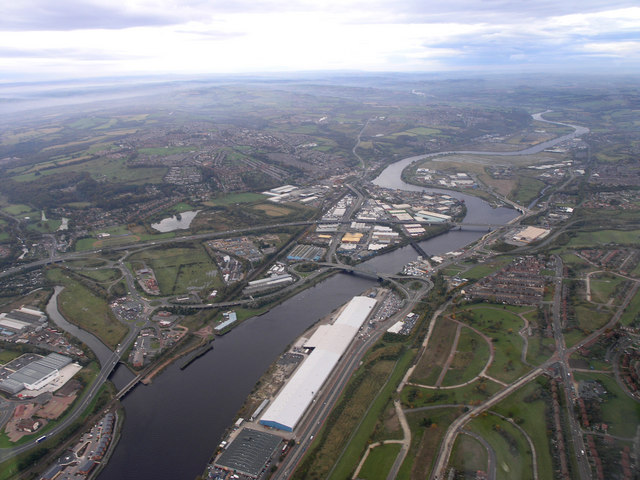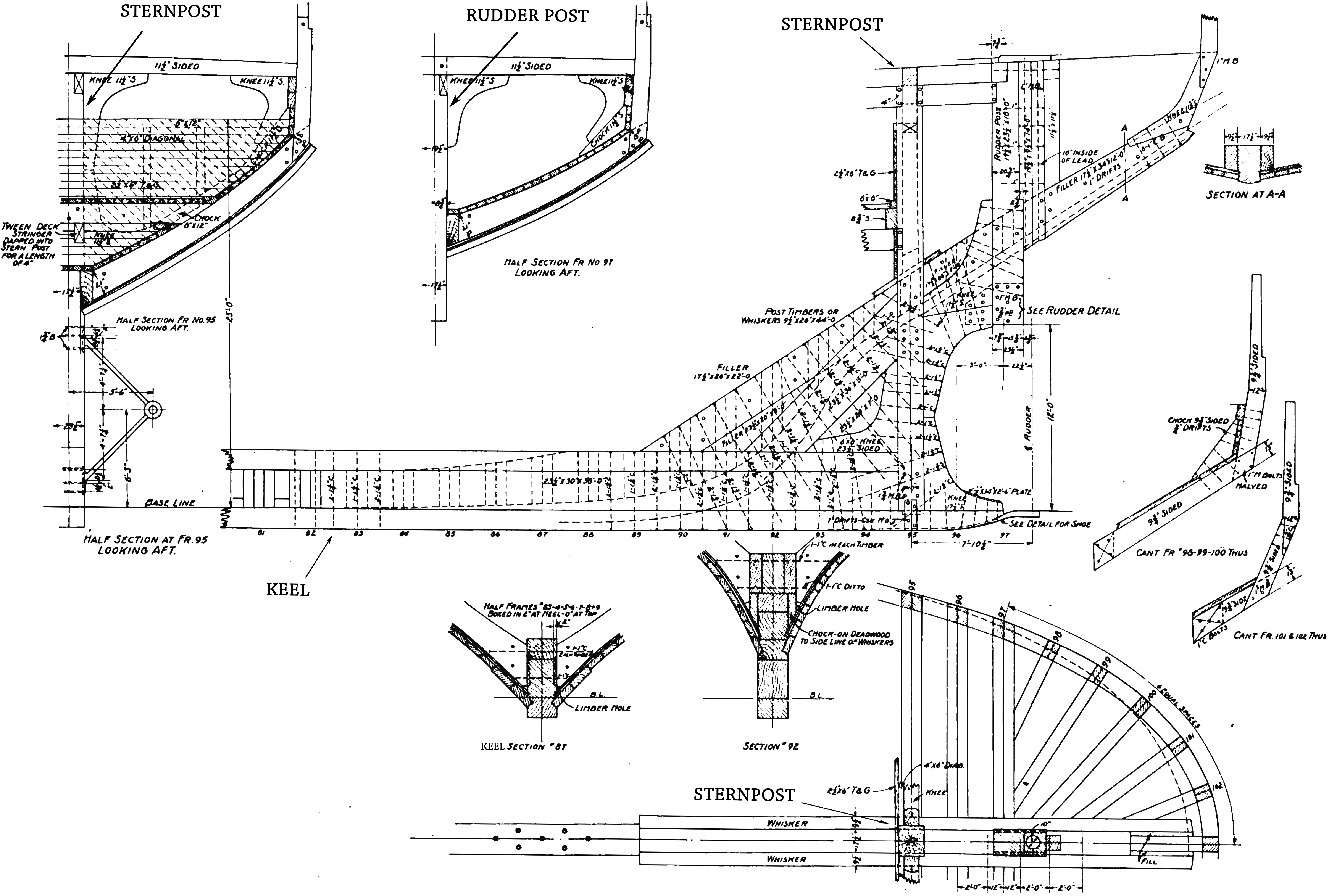|
Zwaardvisch-class Submarine
The ''Zwaardvisch'' class was a class of initially two, and later four, submarines that served between 1943 and 1965 in the Royal Netherlands Navy (RNLN). They were former T-class submarines. Two were acquired and transferred to the RNLN during the Second World War, while another two were loaned from the Royal Navy post-war for a period of five years. Background During the Second World War the Royal Netherlands Navy Submarine Service (OZD) re-evaluated in 1941 the state of its submarine fleet.Jalhay (1982), p. 38. It concluded that new submarines should be acquired to compensate the loss of and and to replace some older submarines that had become obsolete due their age.de Bles, Boven and Homburg (2006), p. 98. As a result in September 1941 a request was made to the British Admiralty to purchase three T- class submarines which were being built as part of a British building program that would be completed by 1942. This request was rejected as the Royal Navy needed these boats the ... [...More Info...] [...Related Items...] OR: [Wikipedia] [Google] [Baidu] |
Vickers-Armstrongs
Vickers-Armstrongs Limited was a British engineering conglomerate formed by the merger of the assets of Vickers Limited and Sir W G Armstrong Whitworth & Company in 1927. The majority of the company was nationalised in the 1960s and 1970s, with the remainder being divested as Vickers plc in 1977. It featured among Britain's most prominent armaments firms. History Vickers merged with the Tyneside-based engineering company Armstrong Whitworth, founded by William Armstrong, to become Vickers-Armstrongs. Armstrong Whitworth and Vickers had developed along similar lines, expanding into various military sectors and produced a whole suite of military products. Armstrong Whitworth were notable for their artillery manufacture at Elswick and shipbuilding at a yard at High Walker on the River Tyne. 1929 saw the merger of the acquired railway business with those of Cammell Laird to form Metropolitan Cammell Carriage and Wagon (MCCW); Metro Cammell. In 1935, before rearmament ... [...More Info...] [...Related Items...] OR: [Wikipedia] [Google] [Baidu] |
Admiralty (United Kingdom)
The Admiralty was a department of the Government of the United Kingdom that was responsible for the command of the Royal Navy. Historically, its titular head was the Lord High Admiral – one of the Great Officers of State. For much of its history, from the early 18th century until its abolition, the role of the Lord High Admiral was almost invariably put "in commission" and exercised by the Lords Commissioner of the Admiralty, who sat on the governing Board of Admiralty, rather than by a single person. The Admiralty was replaced by the Admiralty Board in 1964, as part of the reforms that created the Ministry of Defence and its Navy Department (later Navy Command). Before the Acts of Union 1707, the Office of the Admiralty and Marine Affairs administered the Royal Navy of the Kingdom of England, which merged with the Royal Scots Navy and then absorbed the responsibilities of the Lord High Admiral of the Kingdom of Scotland with the unification of the Kingdom of Great B ... [...More Info...] [...Related Items...] OR: [Wikipedia] [Google] [Baidu] |
HMS Taurus (P339)
HMS ''Taurus'' was a Second World War T-class submarine, built by Vickers Armstrong, Barrow. Career As HMS ''Taurus'' The submarine was laid down on 30 September 1941, and launched on 27 June 1942. ''Taurus'' was commissioned on 3 November 1942 with the pennant number P339. She served in the Mediterranean and the Pacific Far East during the Second World War. Whilst serving in the Mediterranean, she sank the small French merchant ''Clairette'', the Spanish merchant ''Bartolo'', the Italian merchant ''Derna'', the French tug ''Ghrib'' and two barges, the Portuguese ''Santa Irene '', the small Italian tanker ''Alcione C.'', the Italian sailing vessel ''Luigi'', twenty eight Greek sailing vessels, and the small Greek ship ''Romano''. She also damaged a further two sailing ships and the Greek merchant ''Konstantinos Louloudis''. It was during this period off the Greek coast she had the unusual distinction of engaging a Bulgarian cavalry unit while bombarding a small port. She ... [...More Info...] [...Related Items...] OR: [Wikipedia] [Google] [Baidu] |
Indonesian War Of Independence
The Indonesian National Revolution (), also known as the Indonesian War of Independence (, ), was an armed conflict and diplomatic struggle between the Republic of Indonesia and the Dutch Empire and an internal social revolution during postwar and postcolonial Indonesia. It took place between Indonesia's declaration of independence in 1945 and the Netherlands' transfer of sovereignty over the Dutch East Indies to the Republic of the United States of Indonesia at the end of 1949. The four-year struggle involved sporadic but bloody armed conflict, internal Indonesian political and communal upheavals, and two major international diplomatic interventions. Dutch military forces (and, for a while, the forces of the World War II allies) were able to control the major towns, cities and industrial assets in Republican heartlands on Java and Sumatra but could not control the countryside. By 1949, international pressure on the Netherlands, the United States threatening to cut of ... [...More Info...] [...Related Items...] OR: [Wikipedia] [Google] [Baidu] |
Pacific War
The Pacific War, sometimes called the Asia–Pacific War or the Pacific Theatre, was the Theater (warfare), theatre of World War II fought between the Empire of Japan and the Allies of World War II, Allies in East Asia, East and Southeast Asia, the Pacific Ocean, Pacific and Indian Oceans, and Oceania. It was geographically the largest theatre of the war, including the Pacific Ocean theater of World War II, Pacific Ocean theatre, the South West Pacific theater of World War II, South West Pacific theatre, the Second Sino-Japanese War, and the brief Soviet–Japanese War, and included some of the Largest naval battle in history, largest naval battles in history. War between Japan and the Republic of China (1912–1949), Republic of China had begun in 1937, with hostilities dating back to Japanese invasion of Manchuria, Japan's invasion of Manchuria in 1931, but the Pacific War is more widely accepted to have started in 1941, when the United States and United Kingdom entered the ... [...More Info...] [...Related Items...] OR: [Wikipedia] [Google] [Baidu] |
Submarine Snorkel
A submarine snorkel is a device which allows the engine of a submarine to operate Underwater, submerged while still taking in air from above the surface. British Royal Navy personnel often refer to it as the snort. A concept devised by Dutch engineers, it was widely used on German U-boats during the last year of World War II and known to them as a . History Until the advent of Nuclear submarine, nuclear power, submarines were designed to operate on the surface most of the time and submerge only for evasion or for daylight attacks. Until the widespread use of radar after 1940, at night a submarine was safer on the surface than submerged, because sonar could detect boats underwater but was almost useless against a surface vessel. However, with continued radar improvement as the war progressed, submarines (notably, the Germany, German U-boat, U-boats in the Battle of the Atlantic) were forced to spend more time underwater, running on electric motors that gave speeds of only a fe ... [...More Info...] [...Related Items...] OR: [Wikipedia] [Google] [Baidu] |
Propeller
A propeller (often called a screw if on a ship or an airscrew if on an aircraft) is a device with a rotating hub and radiating blades that are set at a pitch to form a helical spiral which, when rotated, exerts linear thrust upon a working fluid such as water or air. Propellers are used to pump fluid through a pipe or duct, or to create thrust to propel a boat through water or an aircraft through air. The blades are shaped so that their rotational motion through the fluid causes a pressure difference between the two surfaces of the blade by Bernoulli's principle which exerts force on the fluid. Most marine propellers are screw propellers with helical blades rotating on a propeller shaft (ship), propeller shaft with an approximately horizontal axis. History Early developments The principle employed in using a screw propeller is derived from stern sculling. In sculling, a single blade is moved through an arc, from side to side taking care to keep presenting the blade to the wat ... [...More Info...] [...Related Items...] OR: [Wikipedia] [Google] [Baidu] |
Stern
The stern is the back or aft-most part of a ship or boat, technically defined as the area built up over the sternpost, extending upwards from the counter rail to the taffrail. The stern lies opposite the bow, the foremost part of a ship. Originally, the term only referred to the aft port section of the ship, but eventually came to refer to the entire back of a vessel. The stern end of a ship is indicated with a white navigation light at night. Sterns on European and American wooden sailing ships began with two principal forms: the ''square'' or ''transom'' stern and the ''elliptical'', ''fantail'', or ''merchant'' stern, and were developed in that order. The hull sections of a sailing ship located before the stern were composed of a series of U-shaped rib-like frames set in a sloped or "cant" arrangement, with the last frame before the stern being called the ''fashion timber(s)'' or ''fashion piece(s)'', so called for "fashioning" the after part of the ship. This frame i ... [...More Info...] [...Related Items...] OR: [Wikipedia] [Google] [Baidu] |
Bow (ship)
The bow () is the forward part of the hull of a ship or boat, the point that is usually most forward when the vessel is underway. The aft end of the boat is the stern. Prow may be used as a synonym for bow or it may mean the forward-most part of the bow above the waterline. Function A ship's bow should be designed to enable the hull to pass efficiently through the water. Bow shapes vary according to the speed of the boat, the seas or waterways being navigated, and the vessel's function. Where sea conditions are likely to promote pitching, it is useful if the bow provides reserve buoyancy; a flared bow (a raked stem with flared topsides) is ideal to reduce the amount of water shipped over the bow. Ideally, the bow should reduce the resistance and should be tall enough to prevent water from regularly washing over the top of it. Large commercial barges on inland waterways rarely meet big waves and may have remarkably little freeboard at the bow, whereas fast military ... [...More Info...] [...Related Items...] OR: [Wikipedia] [Google] [Baidu] |
Draft (hull)
The draft or draught of a ship is a determined depth of the vessel below the waterline, measured vertically to its hull's lowest—its propellers, or keel, or other reference point. Draft varies according to the loaded condition of the ship. A deeper draft means the ship will have greater vertical depth below the waterline. Draft is used in under keel clearance calculations, where the draft is calculated with the available depth of water (from Electronic navigational charts) to ensure the ship can navigate safely, without grounding. Navigators can determine their draught by calculation or by visual observation (of the ship's painted load lines). Related terminology A ship's draft/draught is the "depth of the vessel below the waterline measured vertically to the lowest part of the hull, propellers, or other reference point". That is, the draft or draught is the maximum depth of any part of the vessel, including appendages such as rudders, propellers and drop keels if de ... [...More Info...] [...Related Items...] OR: [Wikipedia] [Google] [Baidu] |
Beam (nautical)
The beam of a ship is its width at its widest point. The maximum beam (BMAX) is the distance between planes passing through the outer sides of the ship, beam of the hull (BH) only includes permanently fixed parts of the hull, and beam at waterline (BWL) is the maximum width where the hull intersects the surface of the water. Generally speaking, the wider the beam of a ship (or boat), the more initial stability it has, at the expense of secondary stability in the event of a capsize, where more energy is required to right the vessel from its inverted position. A ship that heels on her ''beam ends'' has her deck beams nearly vertical. Typical values Typical length-to-beam ratios ( aspect ratios) for small sailboats are from 2:1 (dinghies to trailerable sailboats around ) to 5:1 (racing sailboats over ). Large ships have widely varying beam ratios, some as large as 20:1. Rowing shells designed for flatwater racing may have length to beam ratios as high as 30:1, while a cora ... [...More Info...] [...Related Items...] OR: [Wikipedia] [Google] [Baidu] |
Displacement (ship)
The displacement or displacement tonnage of a ship is its weight. As the term indicates, it is measured indirectly, using Archimedes' principle, by first calculating the volume of water displaced by the ship, then converting that value into weight. Traditionally, various measurement rules have been in use, giving various measures in long tons. Today, tonnes are more commonly used. Ship displacement varies by a vessel's degree of load, from its empty weight as designed (known as "lightweight tonnage") to its maximum load. Numerous specific terms are used to describe varying levels of load and trim, detailed below. Ship displacement should not be confused with measurements of volume or capacity typically used for commercial vessels and measured by tonnage: net tonnage and gross tonnage. Calculation The process of determining a vessel's displacement begins with measuring its draft.George, 2005. p. 5. This is accomplished by means of its "draft marks". A merchant vessel has t ... [...More Info...] [...Related Items...] OR: [Wikipedia] [Google] [Baidu] |








